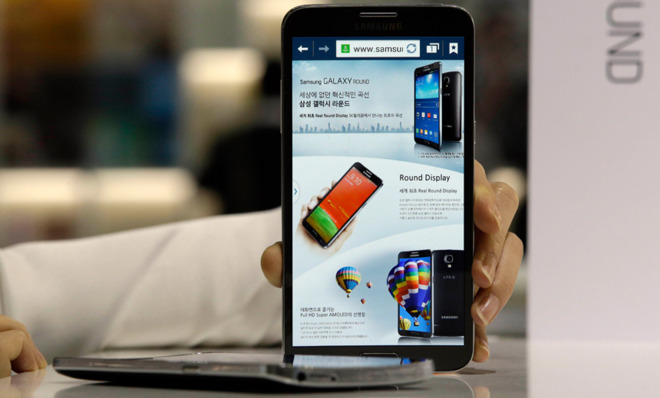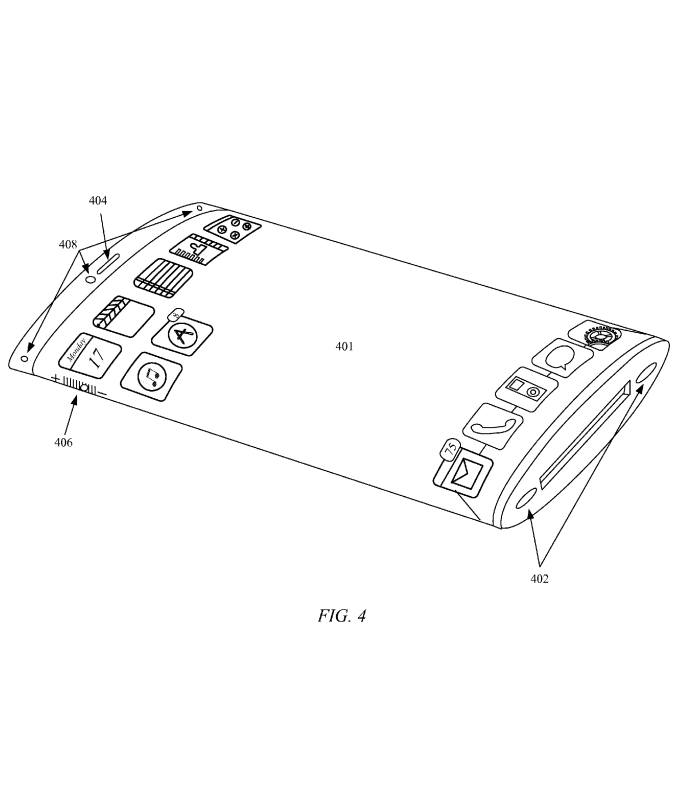What's in a curve? Why the phone of the future might not be flat
Hint: It involves glare

Samsung recently revealed another big smartphone called the Galaxy Round. It looks great. Very polished.
Spec-wise it's about on par with other top-tier handsets, but its most curious and defining feature is that its edges taper slightly inward, like a rolled piece of paper you're trying to flatten.
The Korean phone-maker doesn't appear to be alone in experimenting with rounded displays, though. LG released a phone called the Flex, which resembles a banana. And last week Bloomberg reported that Apple was been working on an iPhone prototype — likely one of several future possibilities — with a convex dual-sided display. It looks a bit like R2D2.
The Week
Escape your echo chamber. Get the facts behind the news, plus analysis from multiple perspectives.

Sign up for The Week's Free Newsletters
From our morning news briefing to a weekly Good News Newsletter, get the best of The Week delivered directly to your inbox.
From our morning news briefing to a weekly Good News Newsletter, get the best of The Week delivered directly to your inbox.

(via the U.S. Patent and Trademark Office)
Why all the fuss with new form factors? A few ideas. Curved devices tend to feel more comfortable to hold for most people. The Moto X's slight tapered back, despite being plastic, feels great in-hand, and makes it feel a bit more like its more expensive peers.
But, and as a few critics have rightfully pointed out, pushing curved screens into the hands of consumers for the sake of something new can feel a bit, well, gimmicky. "Although Samsung should be applauded for being the first to make a curved display, it is difficult to understand the utility of such a device," wrote Joshua Ho at AnandTech. "This device seems to be a continuation of Samsung's strategy of targeting as many form factors as possible."
As it turns out, though, inwardly curved screens might have another practical application beyond ergonomics, at least according to Dr. Raymond M. Soneira, president of DisplayMate. Concave screens like the Round, he points out, could help to reduce annoying glare:
A free daily email with the biggest news stories of the day – and the best features from TheWeek.com
The concave screen shape on the Galaxy Round cuts down on reflections from the surrounding ambient light two ways: First, by reducing the screen's 180 degree opening angle, which eliminates reflections from some ambient light coming from the sides. Second, from specular mirror reflections off the concave screen, because the curvature directs reflected ambient light coming from behind away from the viewer's line of sight. [DisplayMate, via Daring Fireball]
If curved-glass phones like the Galaxy Round do start to pan out, at least we'll have a preliminary understanding of why.
-
 A peek inside Europe’s luxury new sleeper bus
A peek inside Europe’s luxury new sleeper busThe Week Recommends Overnight service with stops across Switzerland and the Netherlands promises a comfortable no-fly adventure
-
 Space data centers could be joining the orbit
Space data centers could be joining the orbitUnder the radar The AI revolution is going cosmic
-
 Codeword: December 23, 2025
Codeword: December 23, 2025The daily codeword puzzle from The Week